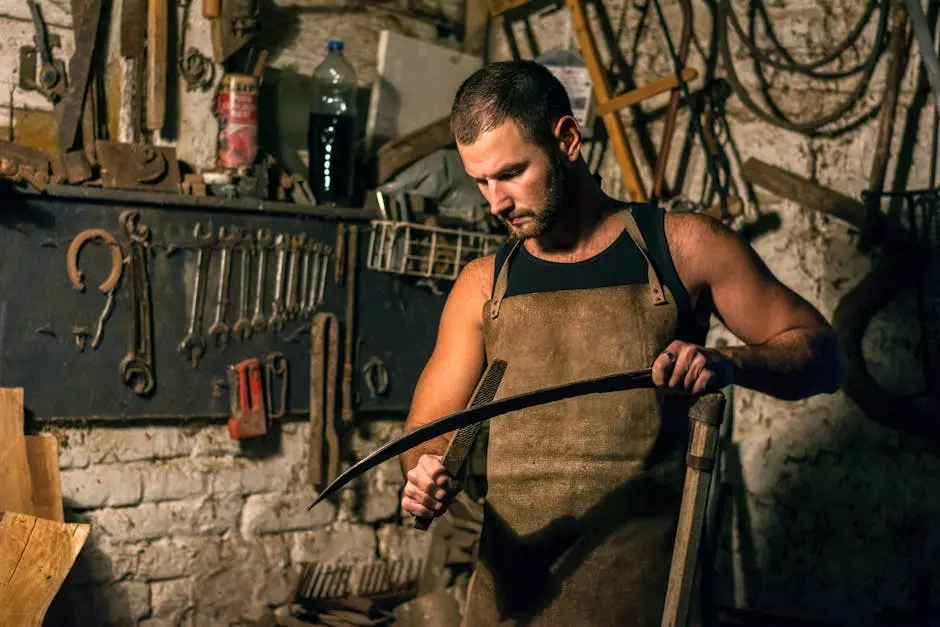Have you ever wondered how those iconic Blades of Chaos replicas are crafted? In this blog, we’ll explore the fascinating process that goes into creating these legendary weapons, from design concepts to final touches. Let’s dive into the world of replica making!
Step 1: Conceptualization
The first step in making a Blade of Chaos replica involves conceptualizing the design. This includes researching the original weapon’s details and deciding on the size and look of the replica.
In this phase, artists often delve into various sources—game art, fan references, and even mythology—to ensure authenticity. This foundational research helps in creating a blueprint that captures the essence of the original.
Conceptualization is not solely about the visuals. It’s crucial to consider the balance and weight distribution as well. After all, a Blade of Chaos replica is not just a visual piece; it should feel right in hand—if that’s the intention!
Step 2: Choosing Materials
Once the design is solidified, the next step is selecting the materials. Common choices include foam, resin, or metal, each providing different levels of durability and authenticity.
Foam is often favored for cosplay, as it’s lightweight and safer to wield. On the other hand, resin delivers a more realistic look, allowing for intricate details that can elevate the overall aesthetic of the replica.
For collectors, metal replicas are the gold standard, offering both longevity and a sense of authenticity. However, it’s essential to keep in mind that the choice of material will also dictate the method of crafting.
Step 3: Sculpting and Molding
After materials are chosen, the sculpting begins. This involves creating molds and shaping the materials to match the desired contours of the blades.
Artists often use clay or wax to create initial sculptures before making the final molds. This step is critical, as any flaws in the mold can carry through to the finished product, impacting quality.
Once sculpting is completed, molding can then begin. This process can be intricate, involving multiple layers and techniques to ensure every detail is captured precisely.
The beauty of sculpting and molding lies in the artist’s ability to fine-tune every element. This is where the replica starts to take on a life of its own, capturing both the visual and emotional heft of the original blades.
Step 4: Detailing and Painting
Finally, the replica is detailed and painted. This step requires careful attention to paint techniques to achieve the textured look and finish of the original Blades of Chaos.
Painters might use airbrush techniques for smooth gradients or traditional brushes for detailing. The goal is to replicate the wear and tear that a real weapon would show, bringing authenticity to the final product.
After painting, protective sealants are often applied to enhance durability and ensure that the replica retains its beauty over time. This final layer acts as a shield against light and minor wear.
It’s this attention to detail in the painting process that truly transforms a simple mold into a stunning work of art, embodying the fierce spirit of the Blades of Chaos.
Final Thoughts on Crafting Blades of Chaos Replicas
Creating Blades of Chaos replicas is a meticulous art that combines technical skills, creativity, and passion. By understanding the steps involved, you can appreciate the craftsmanship that brings these iconic weapons to life.

